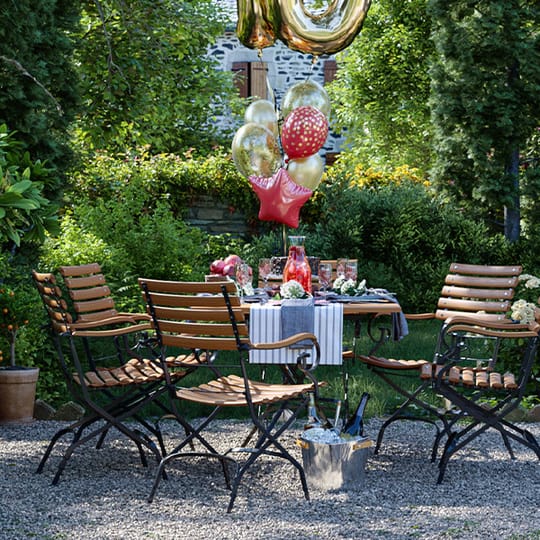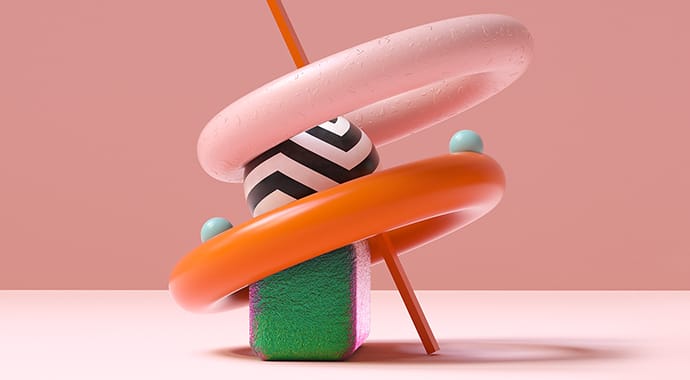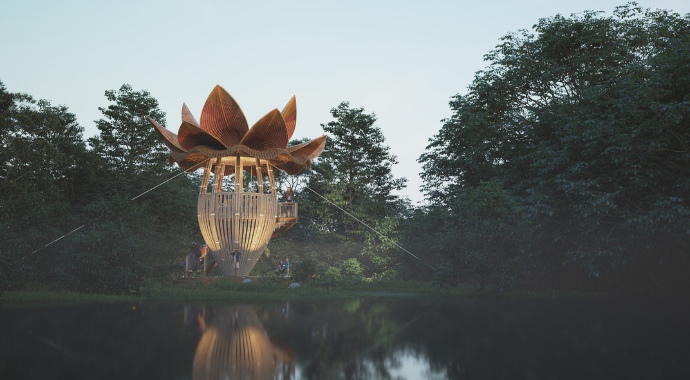Get inspired by 3D artist Teodor Vladov’s journey in archviz and learn about his unique process, his use of artistic rules, and the symbolism behind his work.
Teodor Vladov is one of the most engaged and responsive members of the Chaos Campus community. His openness and willingness to share the know-how behind his arch viz projects have inspired artists to be brave and push their creative potential.
We sat down with Teo to learn more about his professional journey and artistic process.
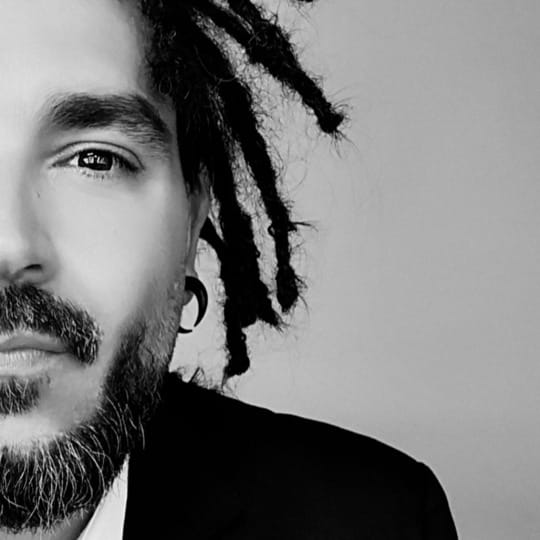
About Teodor
Like Chaos, Teo was born and raised in Sofia, Bulgaria. At 18, he moved to Germany to study architecture. In 2012, after getting his Master’s degree, he established Helldoor Visual Studio – a one-person atelier specializing in archviz and conceptual design. Aside from his commercial and personal render projects, he enjoys spending his free time hiking with his two daughters.
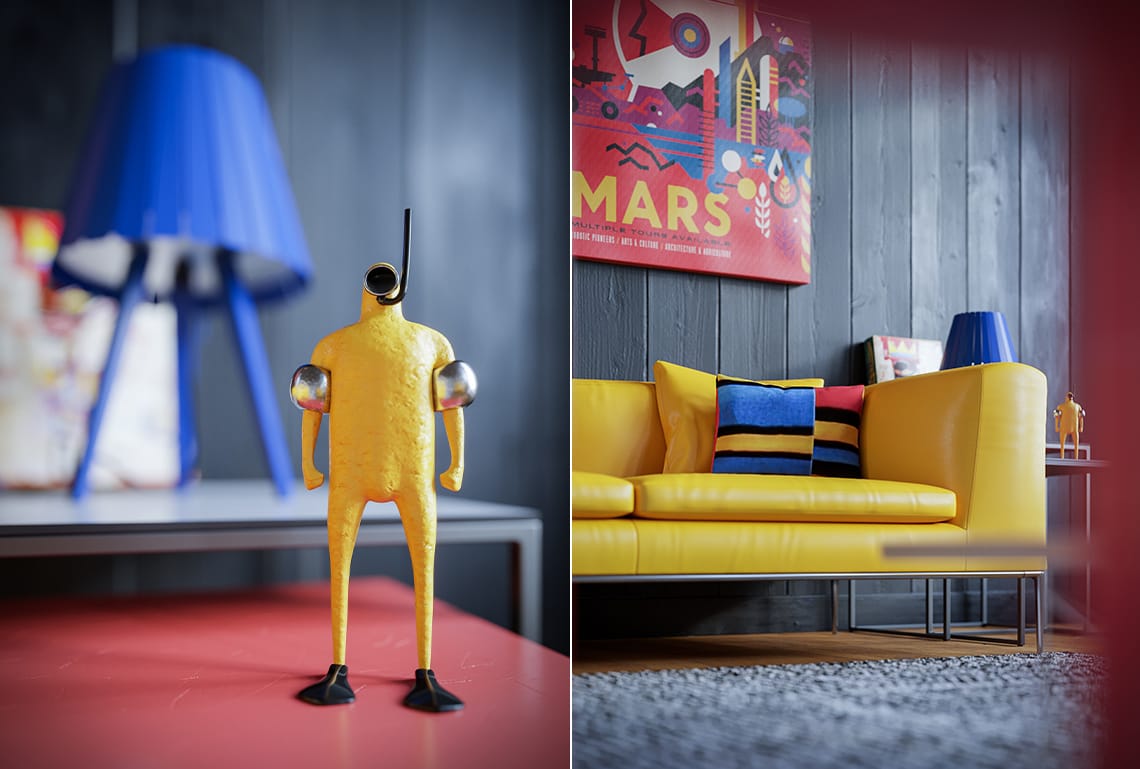
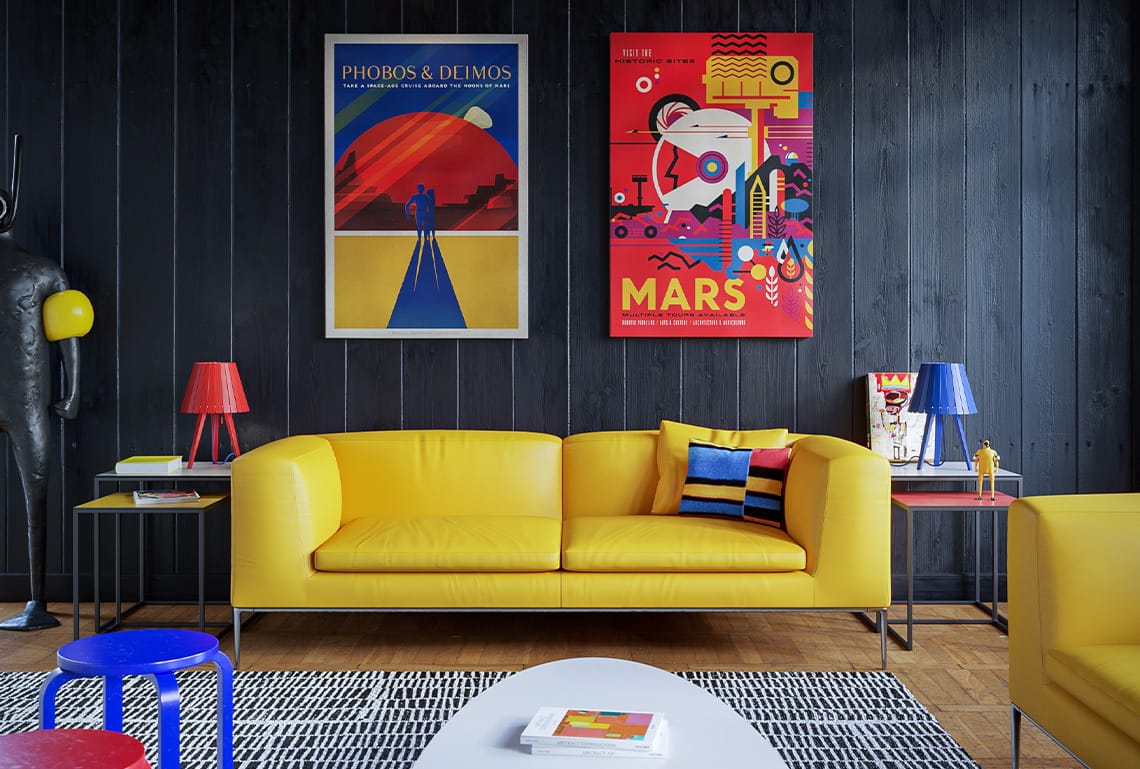


If there was a headline for your artistic journey throughout your career, what would it be?
Something along the lines of “Ain’t no rest for the wicked,” probably.
*Cage the Elephant starts playing in the background*
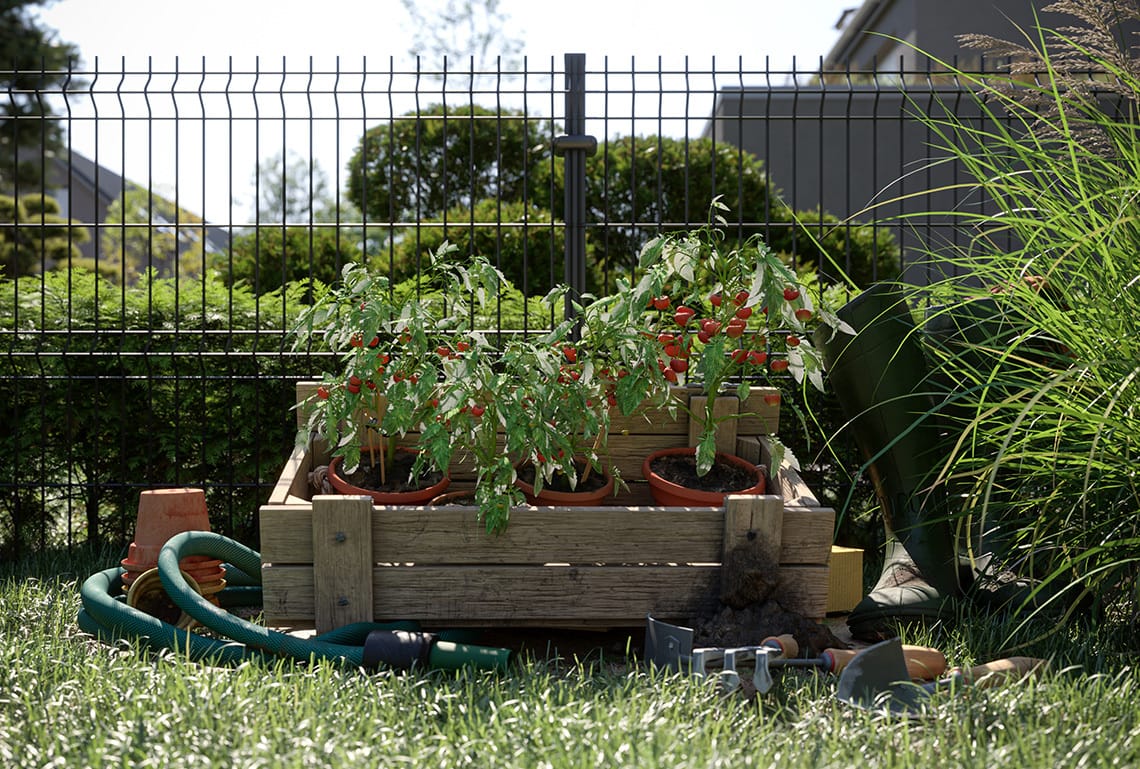
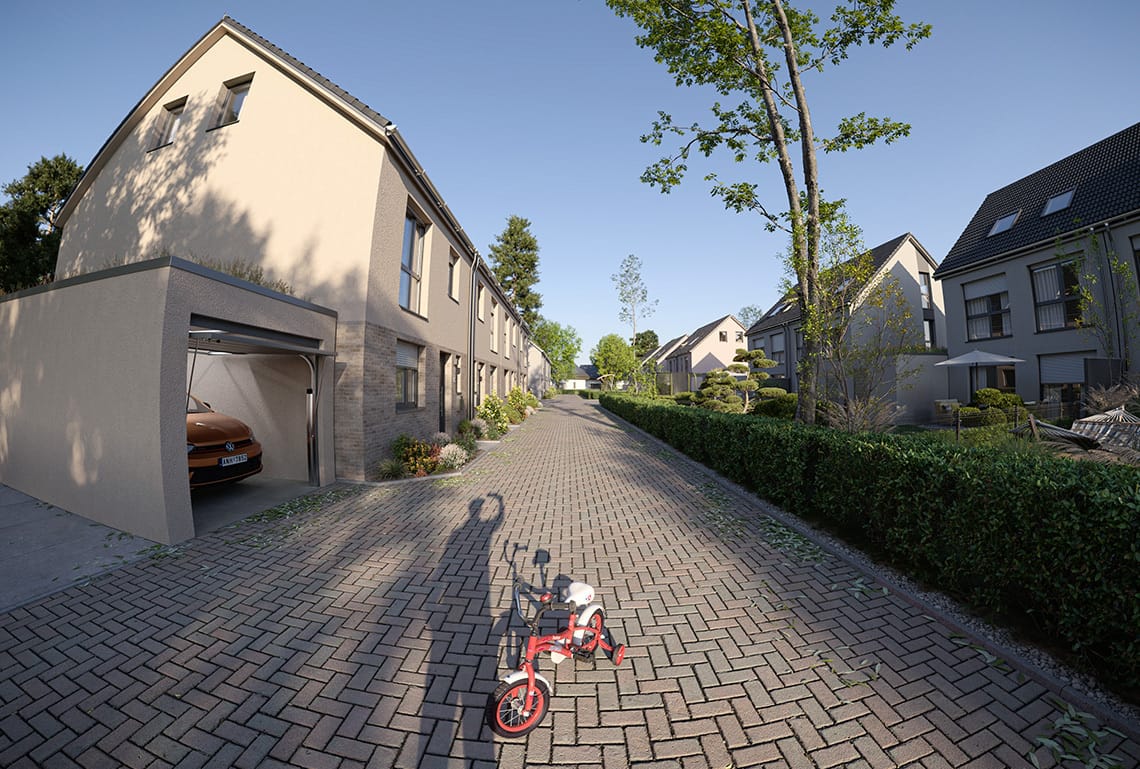
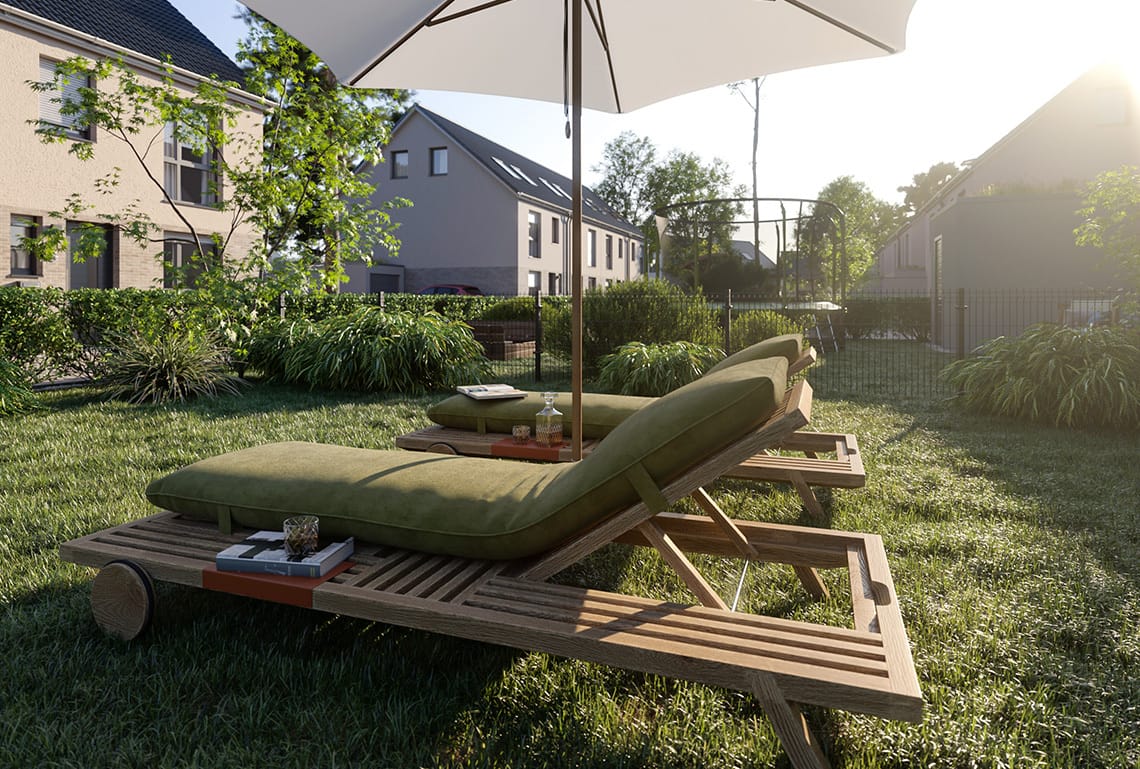
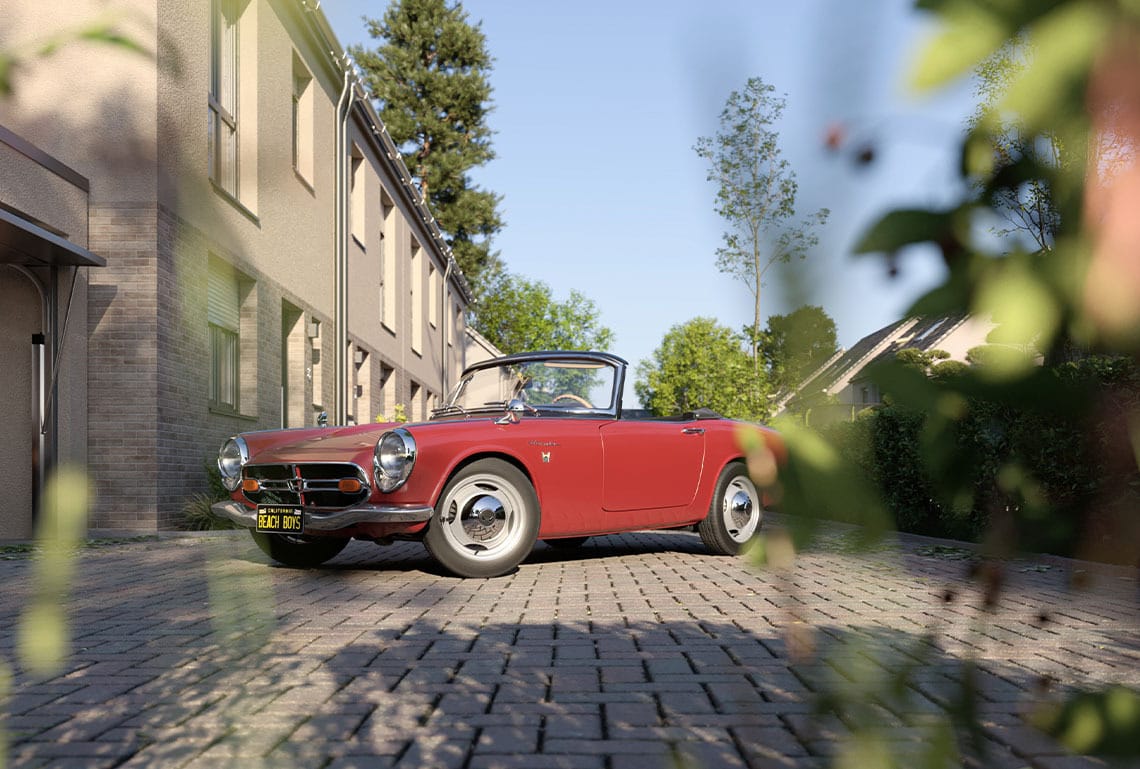


Looking at your career through a film reel, is there any point at which you would rewind and do things over? How about times when you would speed things up or slow them down?
If I could, I’d get back to the start and do things differently in order to progress more quickly instead of wasting years on trial and error. First of all, I’d make a wiser choice about the software combination I work with, making sure to pick a combo that I can find enough tutorials, literature, and general know-how about. Then, being an arch viz artist, I’d invest in a really good on-set course in architectural photography.
And last but not least, I’d immediately start practicing by recreating existing quality imagery of interiors and exteriors as exactly as possible. To me, this is one of the best (and cheapest) ways to learn, but unfortunately, I discovered it for myself pretty late.

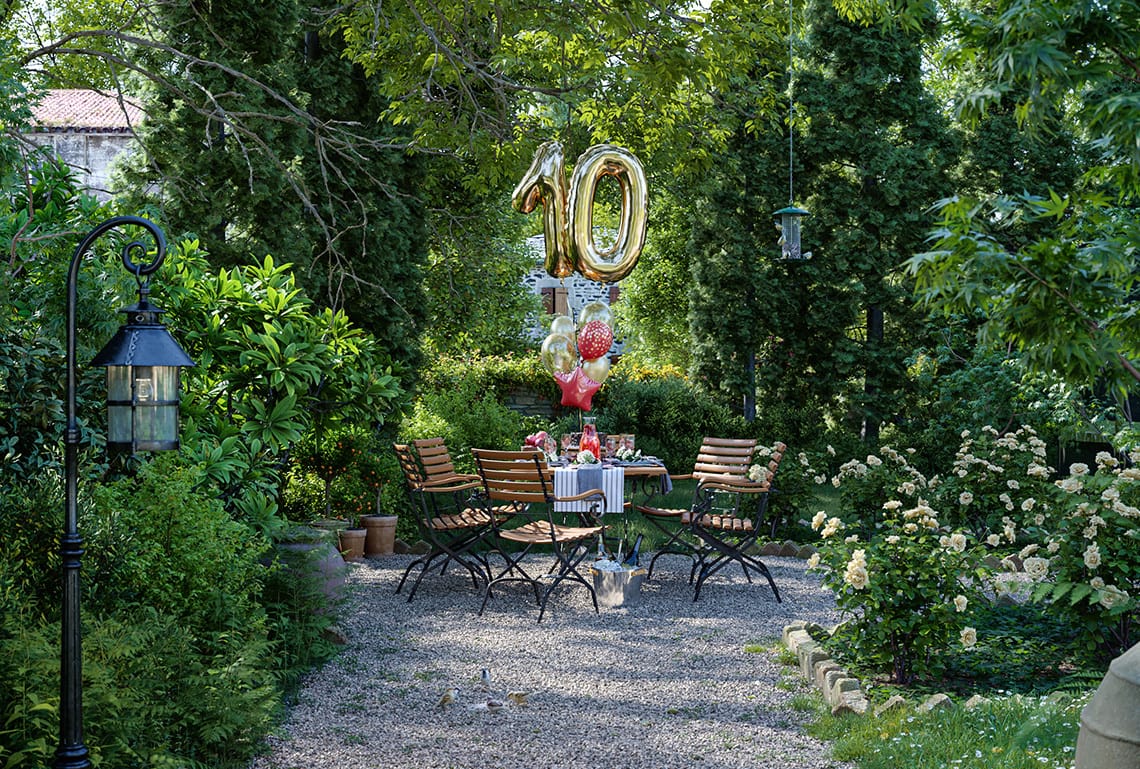
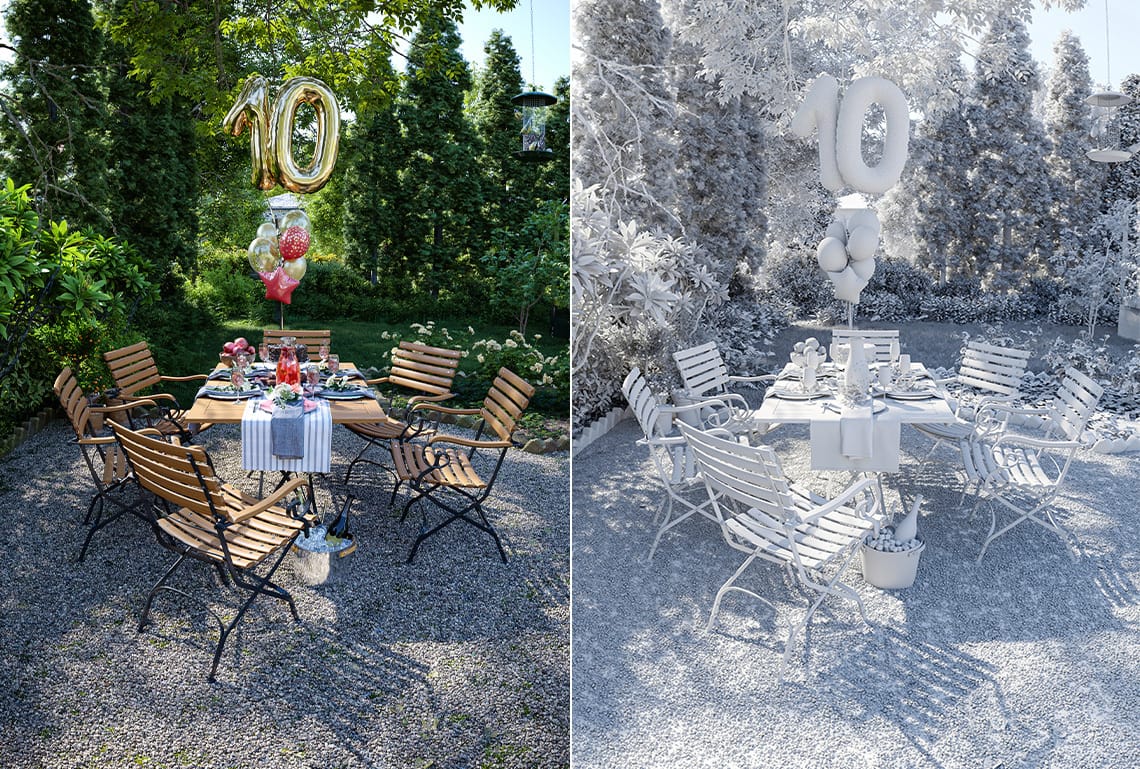
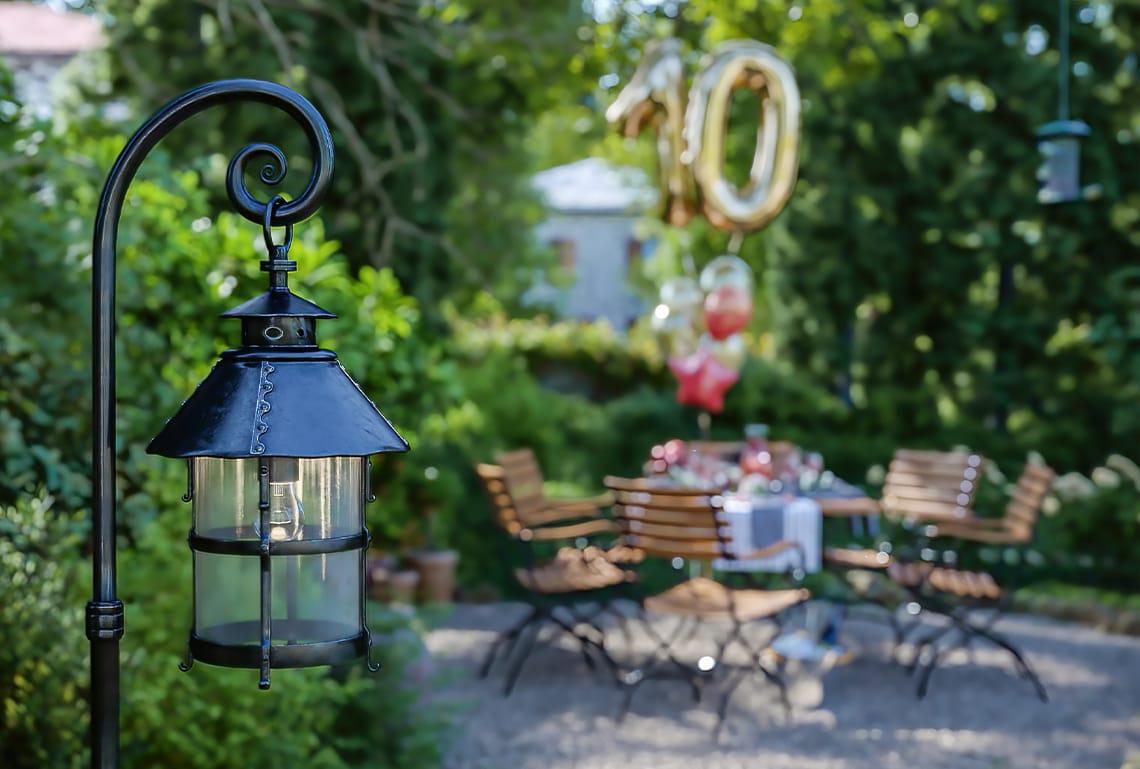
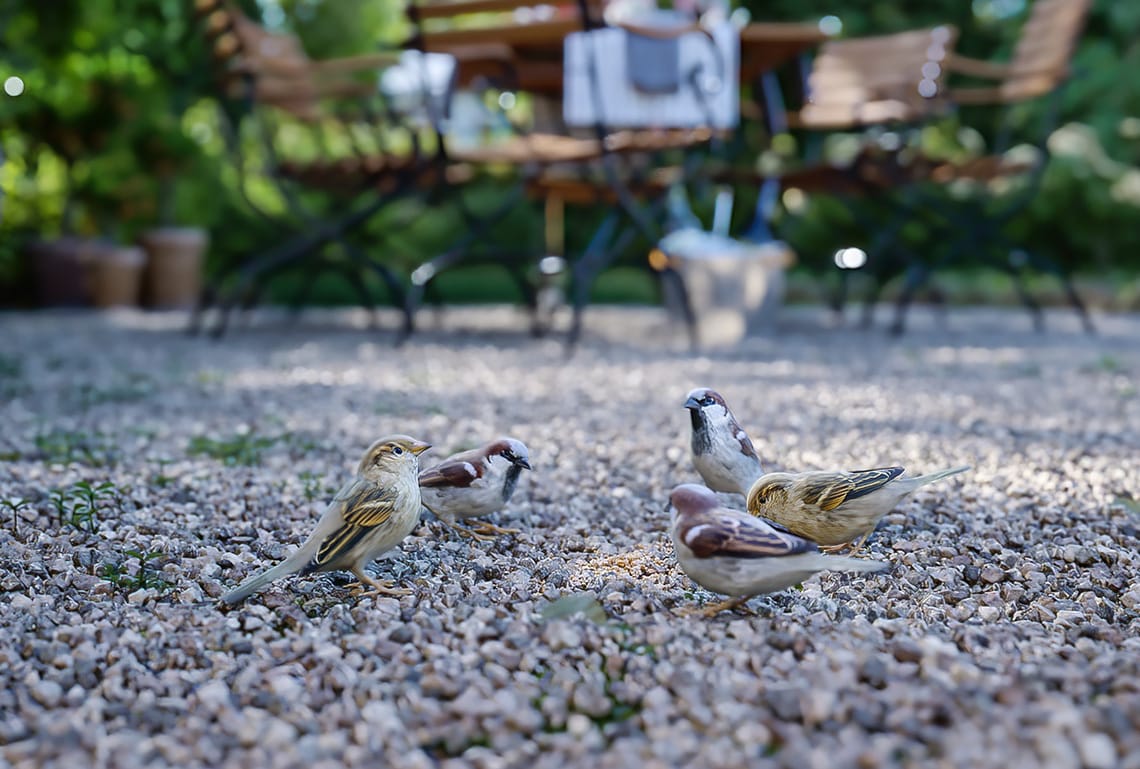

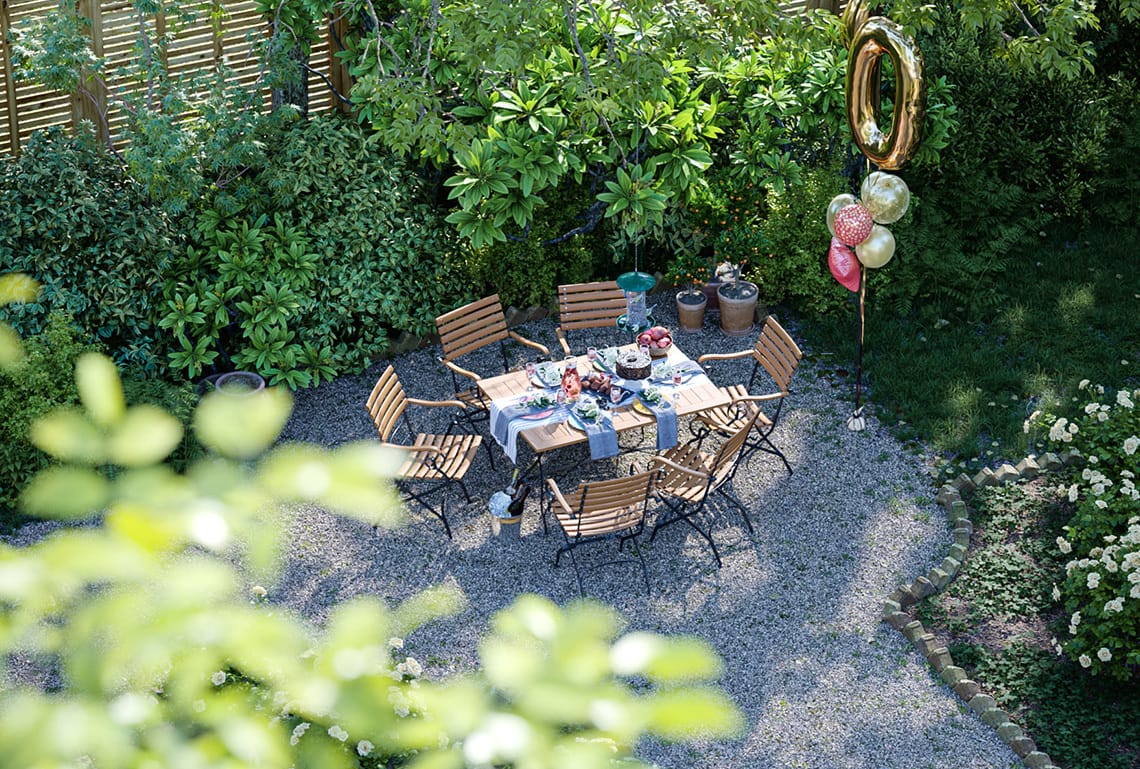
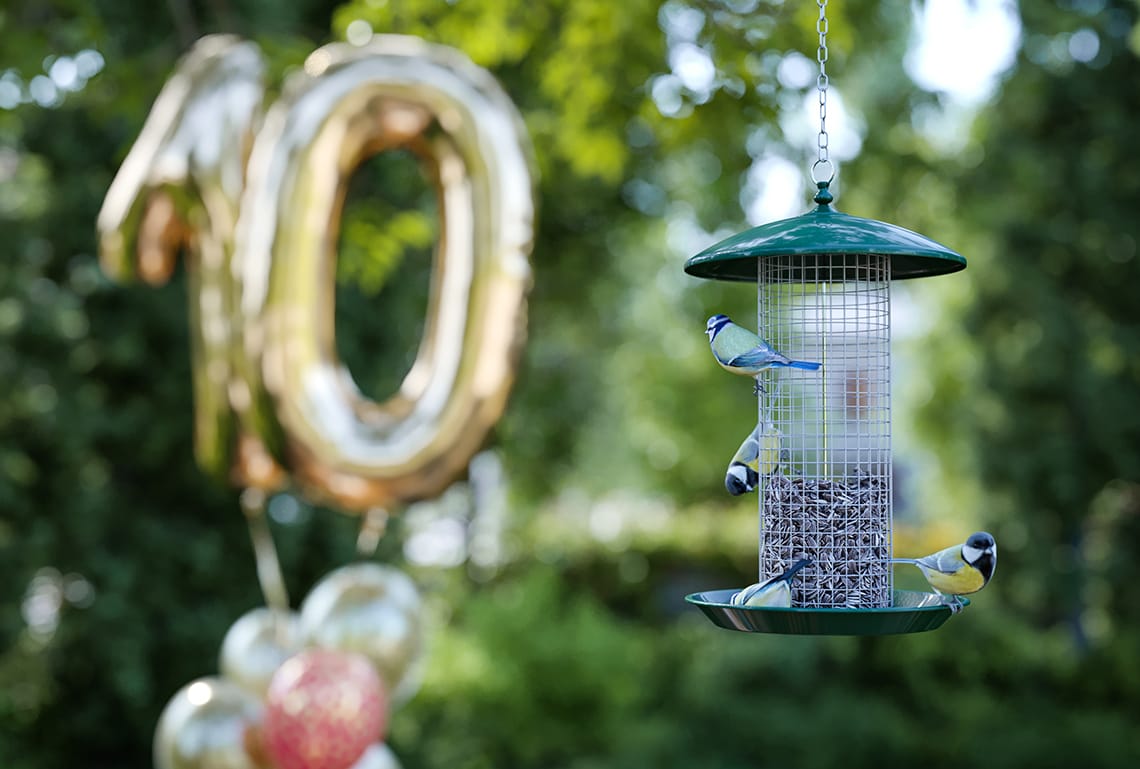


This year you commemorated a decade since founding Helldoor Visual Studio by creating a stunning render inviting viewers to the celebration. How do you see the future of archviz and your own studio?
I never celebrated my studio’s birthday before, but the 10-year-anniversary felt like too large a milestone to skip. As for the future of Helldoor, I don’t know how it will turn out, but I hope that a decade from now I will still be having a good time, preparing a birthday set of shots for the next big anniversary.
When it comes to the future of arch viz as a whole, my guess is that through the improvements in software and hardware we’re already seeing, achieving high photorealism will be accessible to many 3D artists. The future artists who stick out will be the ones who understand immersive and atmospheric visual storytelling and generally like to think and act outside the box.
On the subject of AI; for now, I see it more as a source of inspiration. Maybe one day in the near future, it will support artists in some of the more basic, tedious, and repetitive tasks such as texture-creation, mapping, rigging, or even producing natural 3D environments.
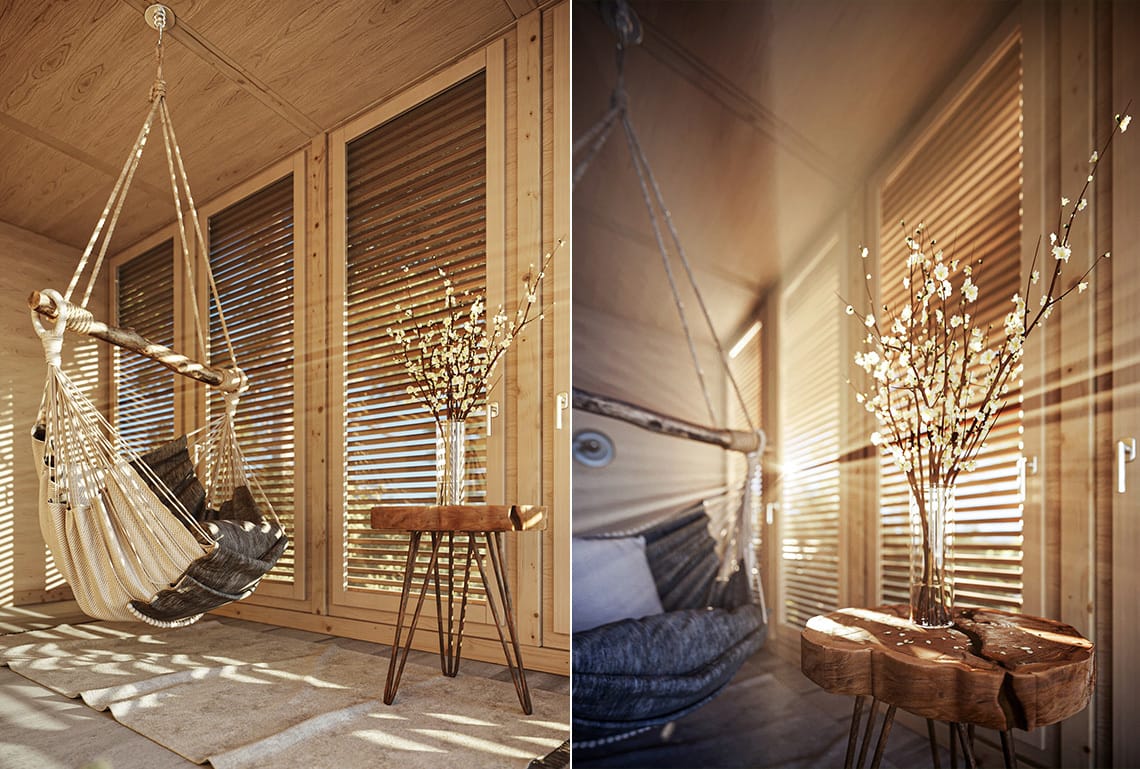
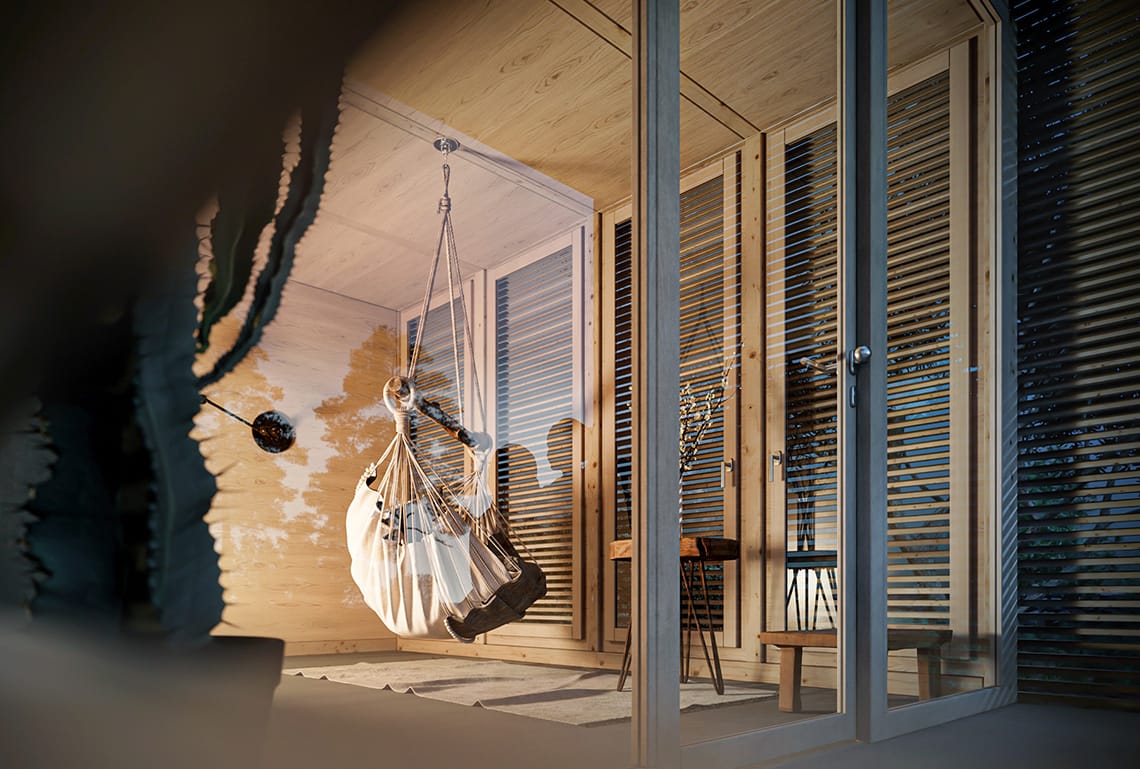


What has working in archviz taught you about creating narratives through objects? How do texture, color, and form contribute to the storytelling process?
Commercially, I mostly create exterior stills. To make these appear authentic, I tend to add a lot of detail to my scenes. With time it felt unfortunate to only deliver the major key visuals requested and stop there, so I started taking closeup shots of certain elements and offering these to my clients as additional image options for their portfolios.
These closeups usually concentrate on objects that either add to the general atmosphere (a deckchair evokes relaxation) or send a subliminal message to the viewer (a bicycle instead of a parked car in the street suggests a silent and peaceful living area). The use of visually pleasing colors and materials (in my case, it’s mostly earth tones and natural textures) enhances the impact of such shots even more.
The clients’ response to those object-centered renders was so good that all my projects now feature at least one or two closeups.
To what degree do other art forms inspire your work?
Generally, I tend to get inspired by everything, be it art or casual aspects of everyday life. I’ve rendered an interpretation of a surrealist painting, hanging on my living-room wall, but also an exterior landscape scene, inspired by a simple yet awesome autumn walk with my daughters.
There are some forms of art, however, that may not directly influence my work, but are still an inseparable part of it. Books and video games, for example, help me recharge my creative batteries and get some much-needed ‘distance’ from current projects, while music supports me on a daily basis during the long hours spent in front of the screen.
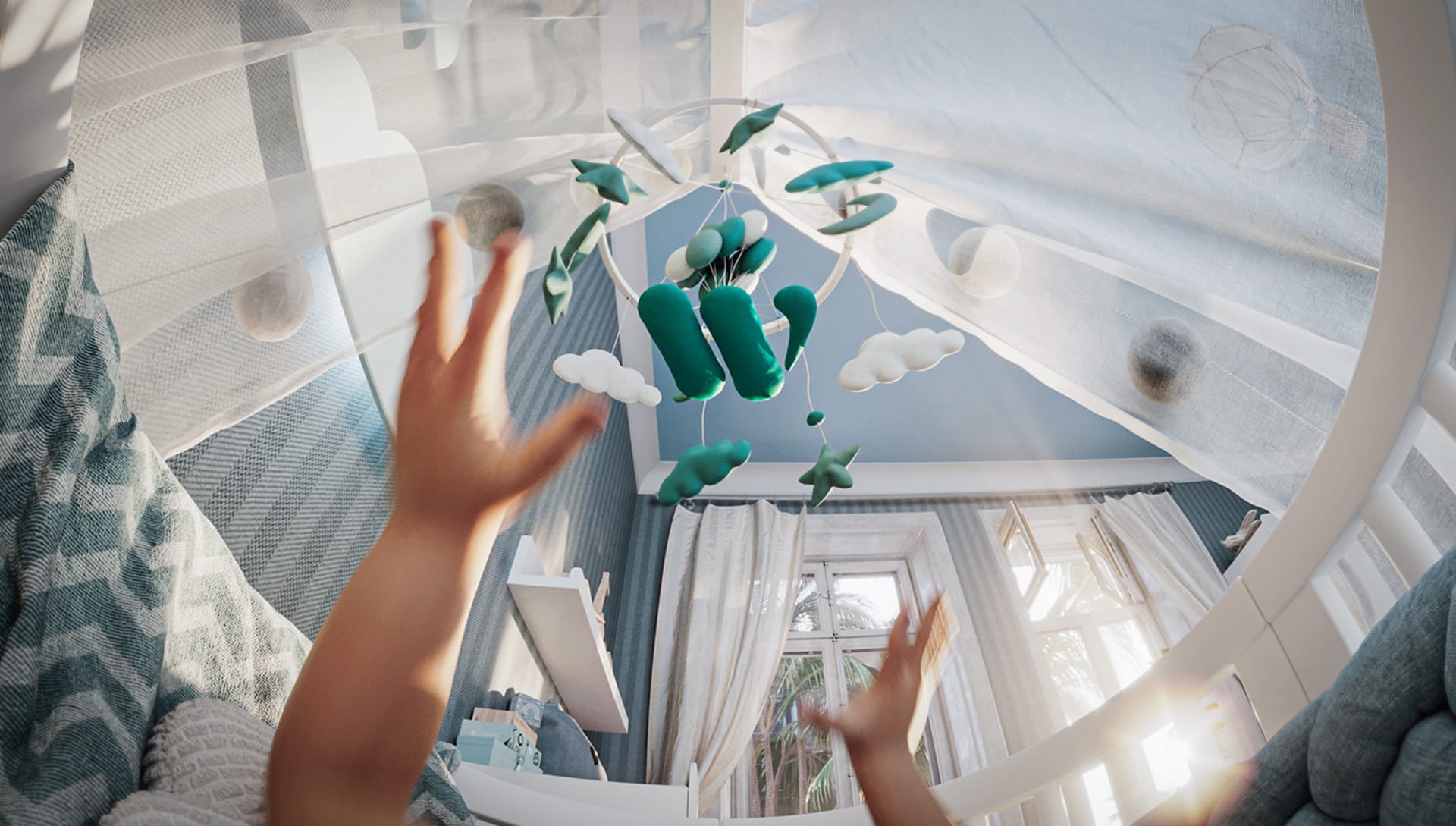
The render of your daughter lying in the crib reaching for her mobile is both clever and heartwarming. You’ve used the fish eye lens and a low camera angle to give us a glimpse of how a tiny human sees the world.
This shot was my submission for VWArtclub’s cover image contest in 2021. It is called “Reaching for the stars” and is supposed to metaphorically visualize the way I felt the first time I was introduced to this group of render professionals: I wanted to be a part of it but I was convinced that I was not good enough.
The idea is based on two very personal elements of my private life: As our first daughter was born, my wife and I couldn’t help but ask ourselves how this newly developed, tiny human perceives the surrounding world. Everything must seem so big and also kind of distorted to her. To portray my vision of this feeling, I used a fisheye cam, positioned slightly above the mattress of the crib. The other crucial elements are the arms, reaching for the mobile, which are inspired by one of my hobbies: playing first-person computer games. Seeing the arms of the character one currently embodies just feels more immersive to me.
And not only to me, as it seems, as the image ended up winning me the first prize in the contest.
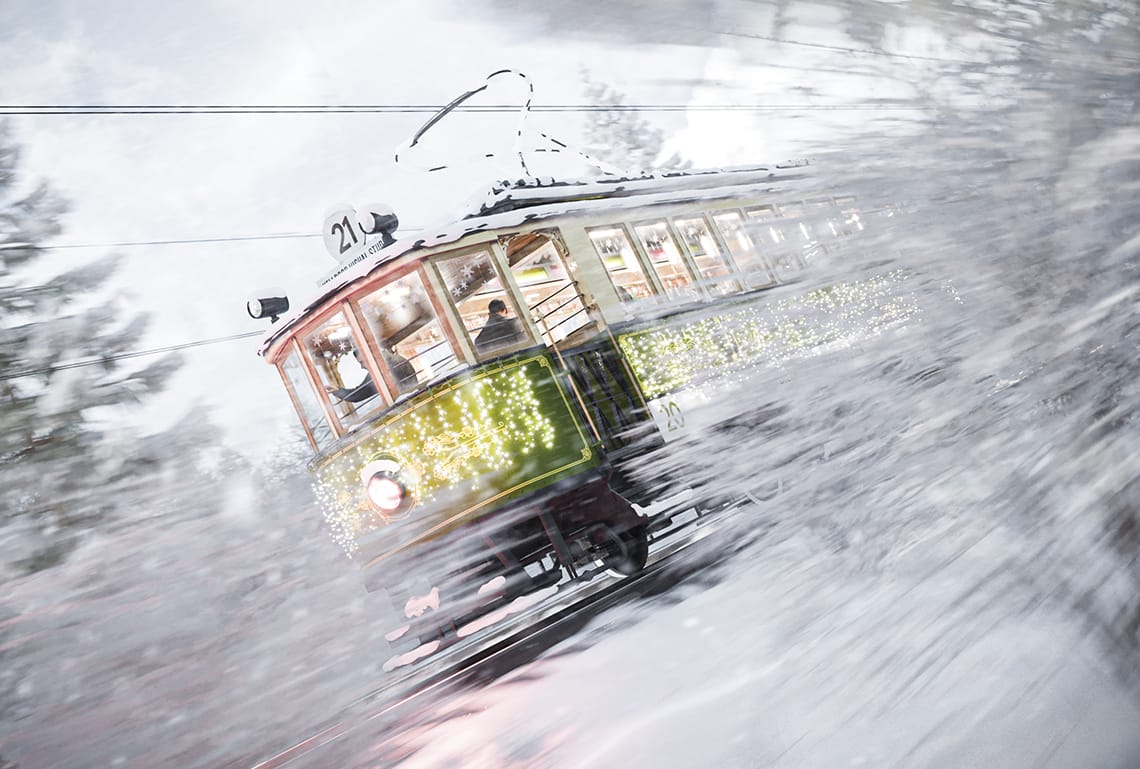
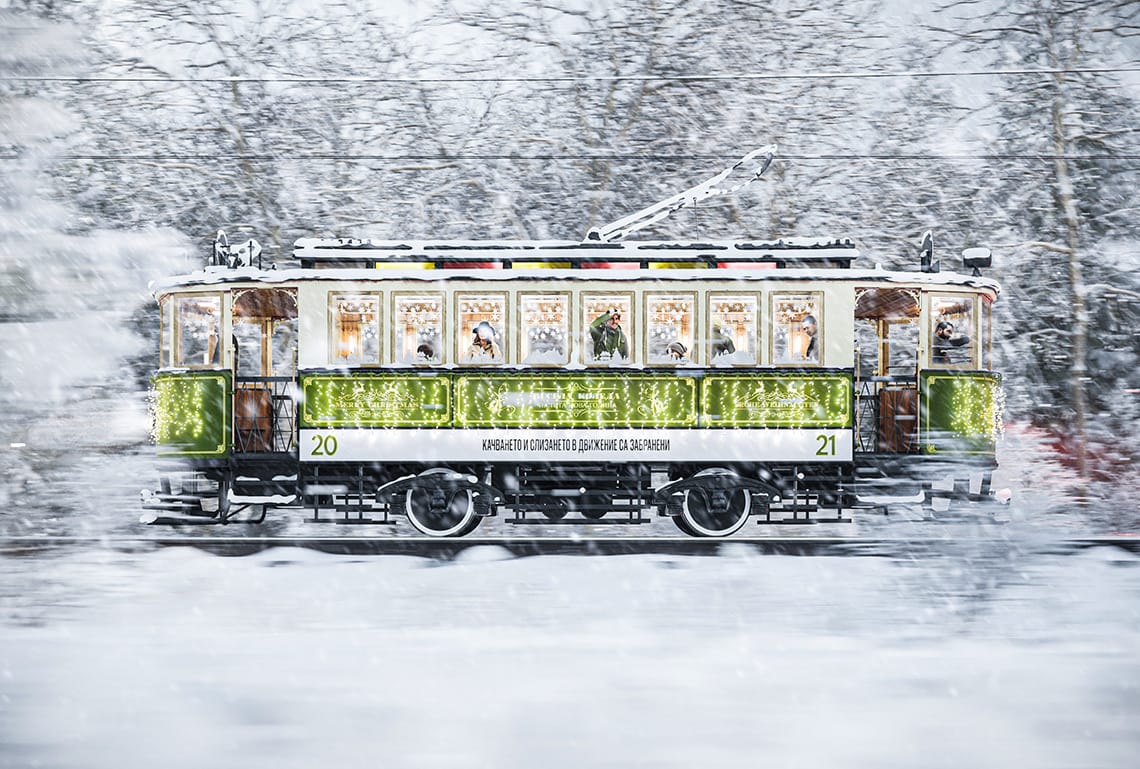
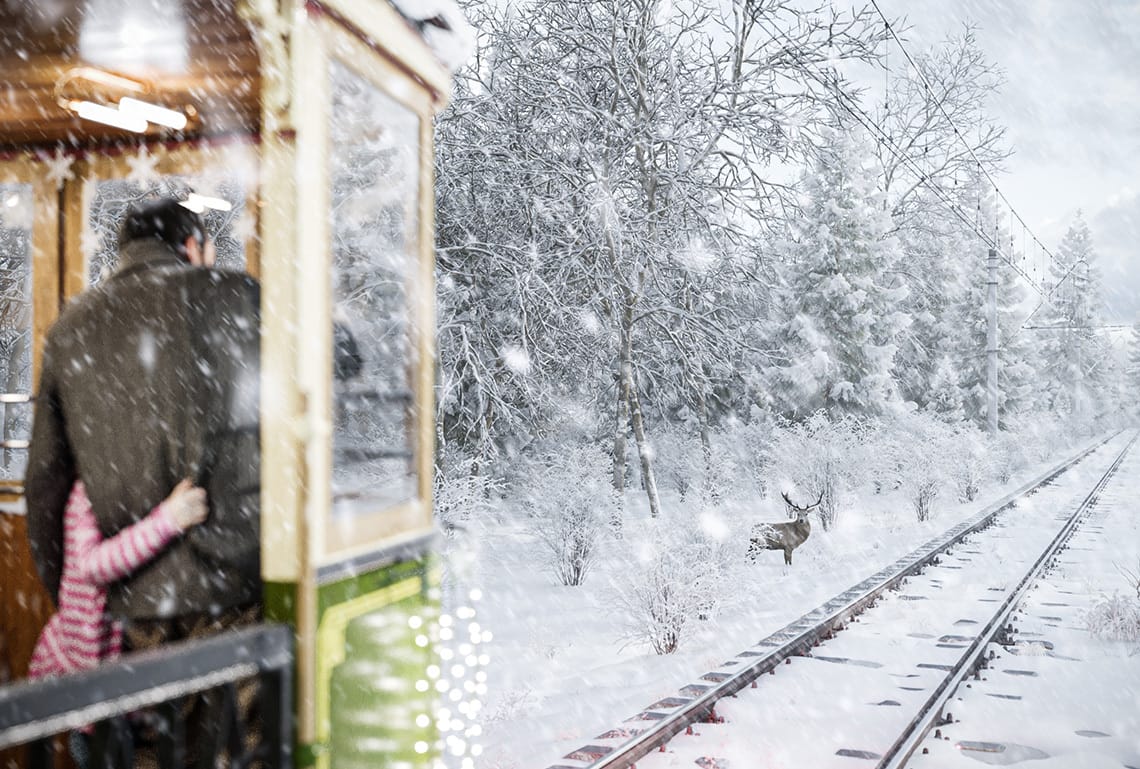

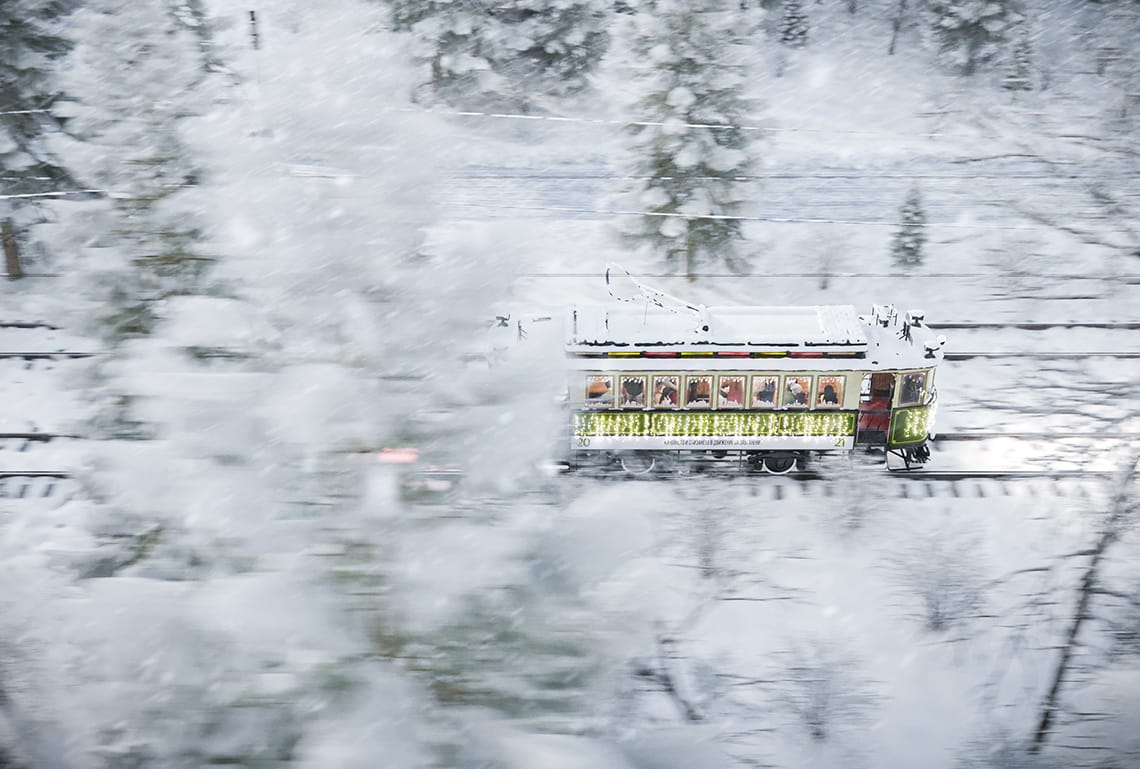
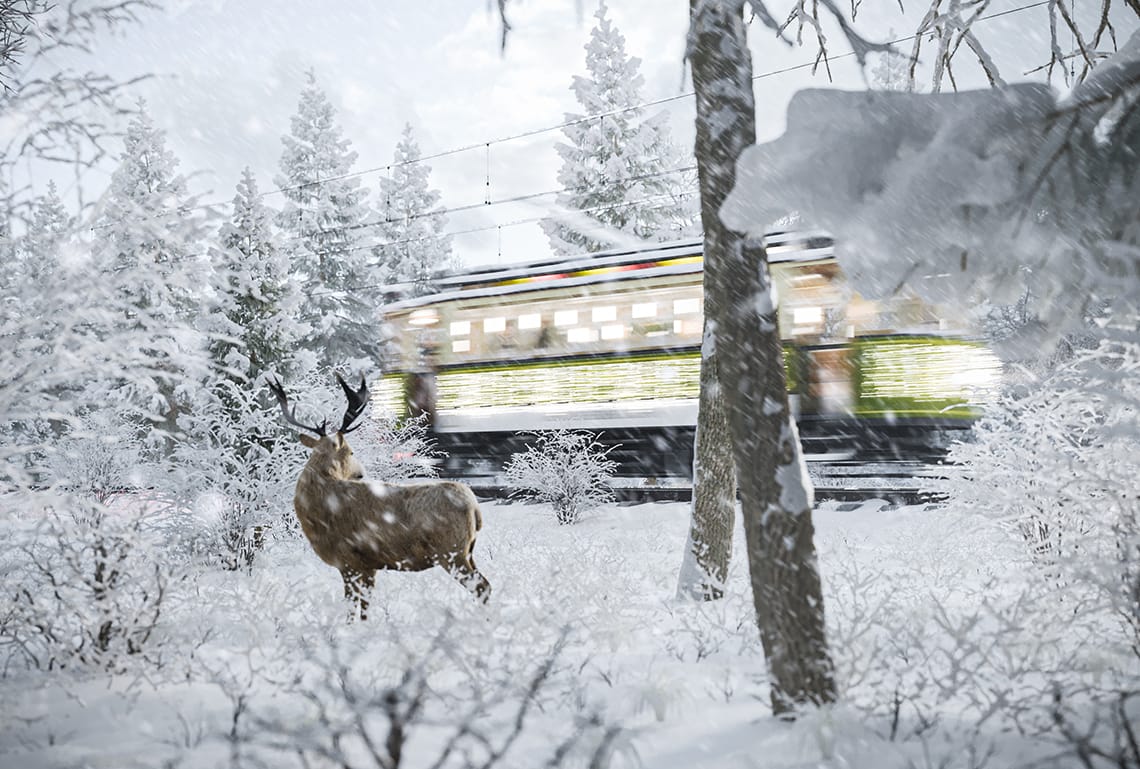
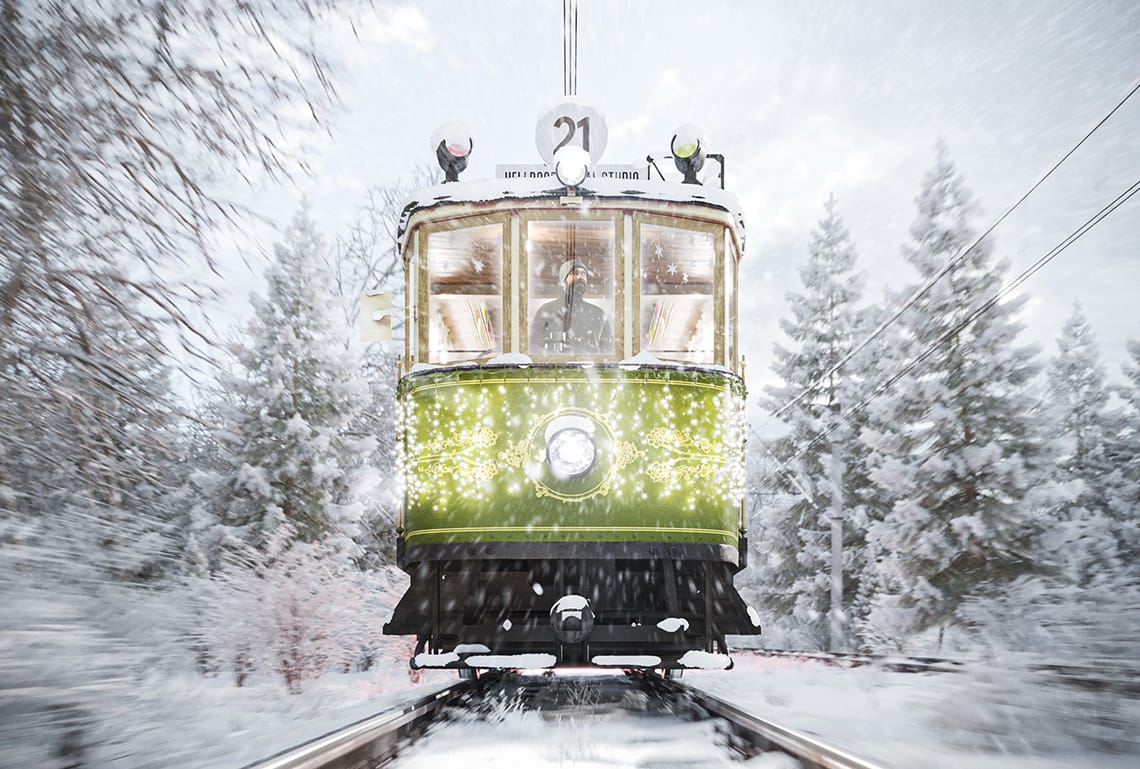


The leading lines, patterns, and viewpoint all lead to an impressive snapshot of the Sofia tramway speeding ahead. Do you view such artistic rules as essential in your work?
Most artistic rules have proven themselves to be quite fundamental over and over again with time, so it makes a lot of sense to generally follow them. Especially in the early phases of becoming an artist, it’s very recommendable to learn said rules and apply them to your own works, whenever possible.
Later, however, one can slowly start drifting away from the canon in certain situations by interpreting the artistic rules in a different way or even intentionally breaking them to create visual controversy.
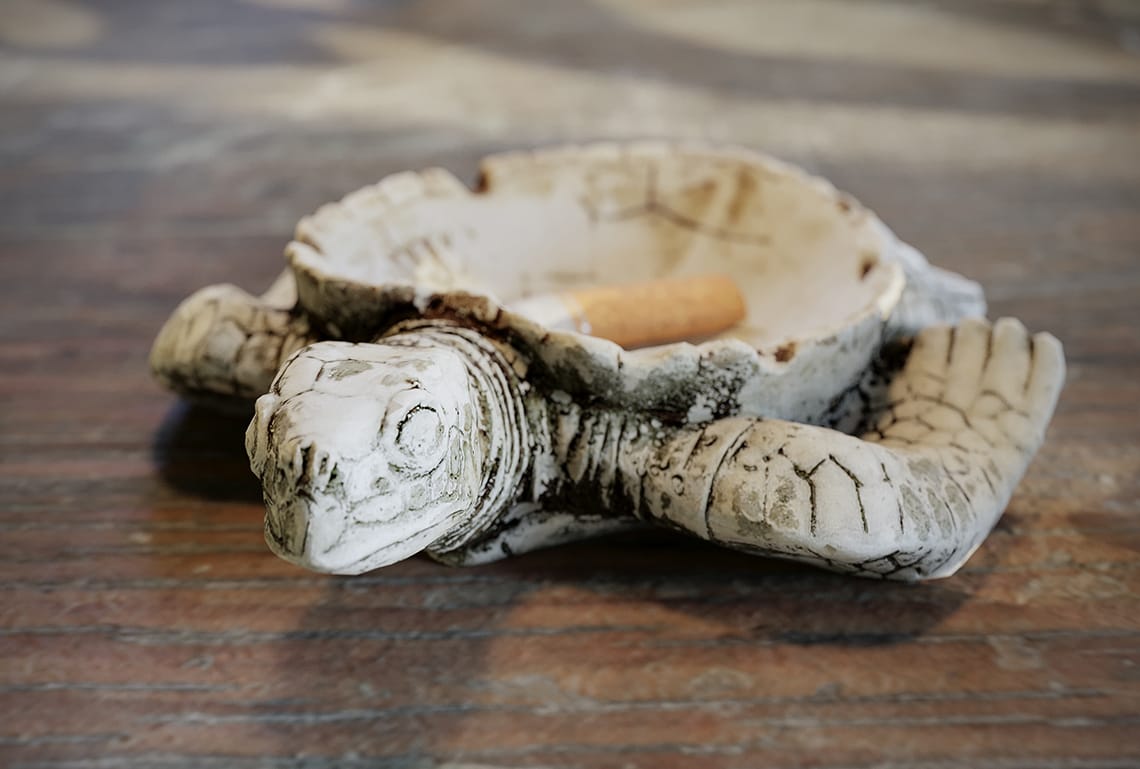
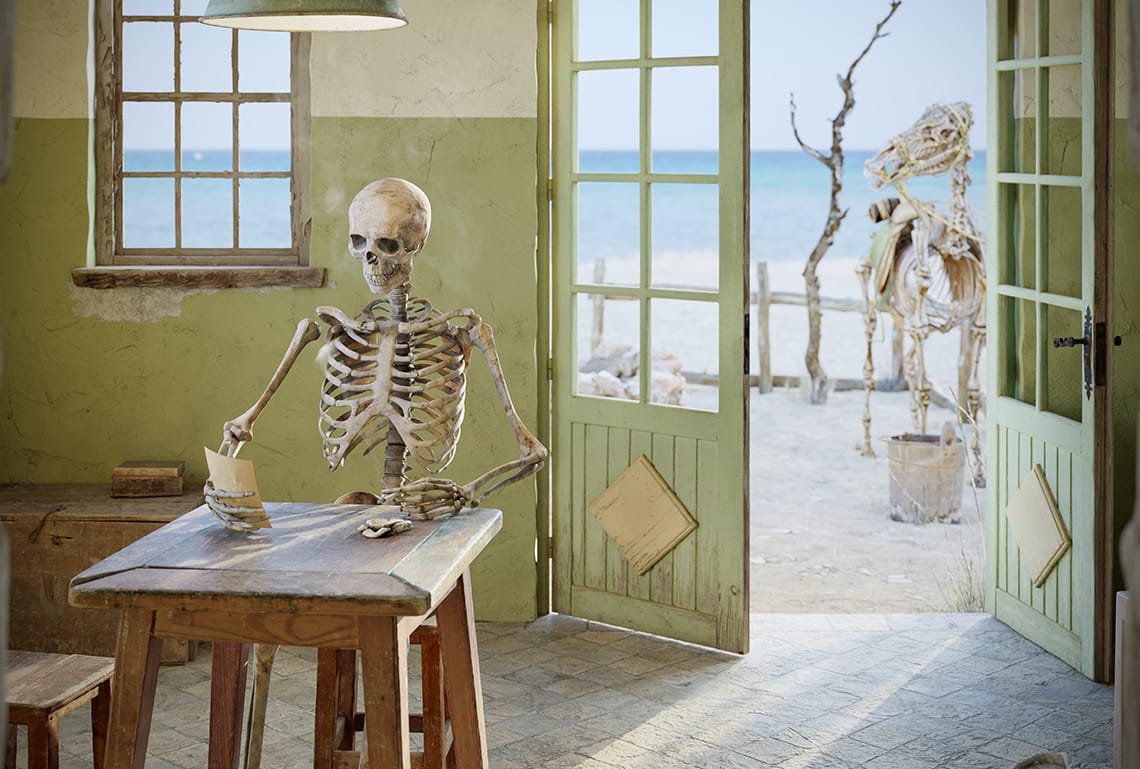
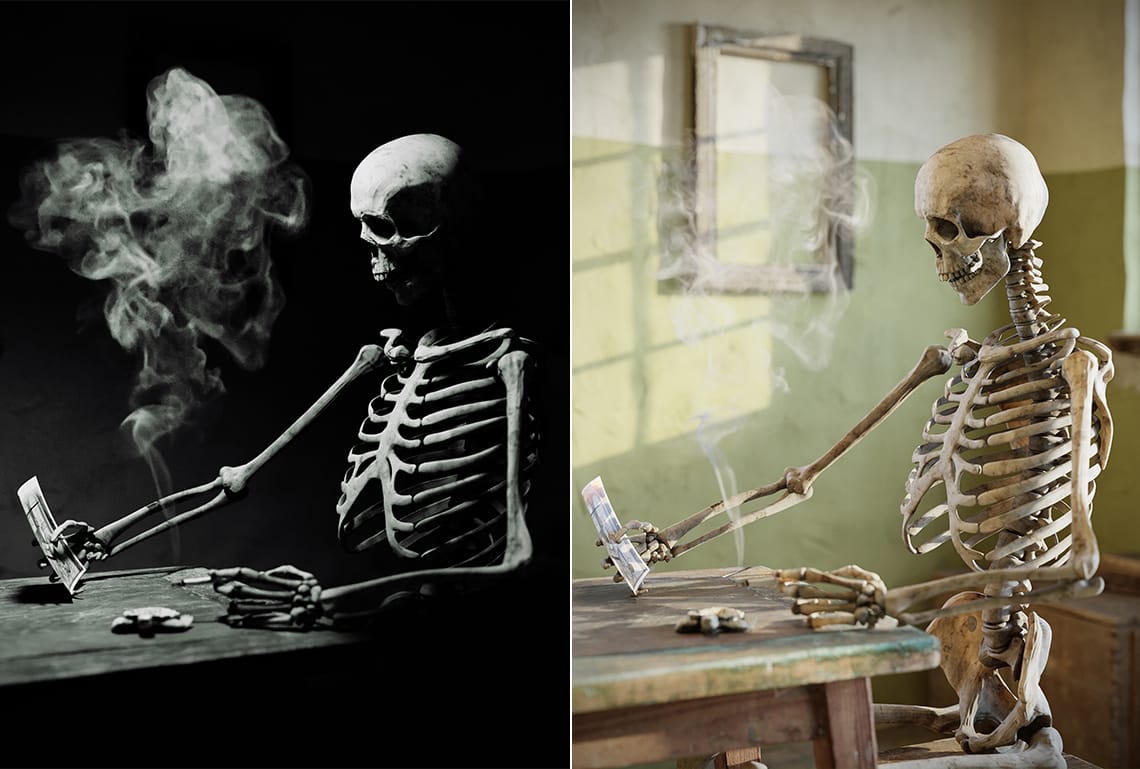

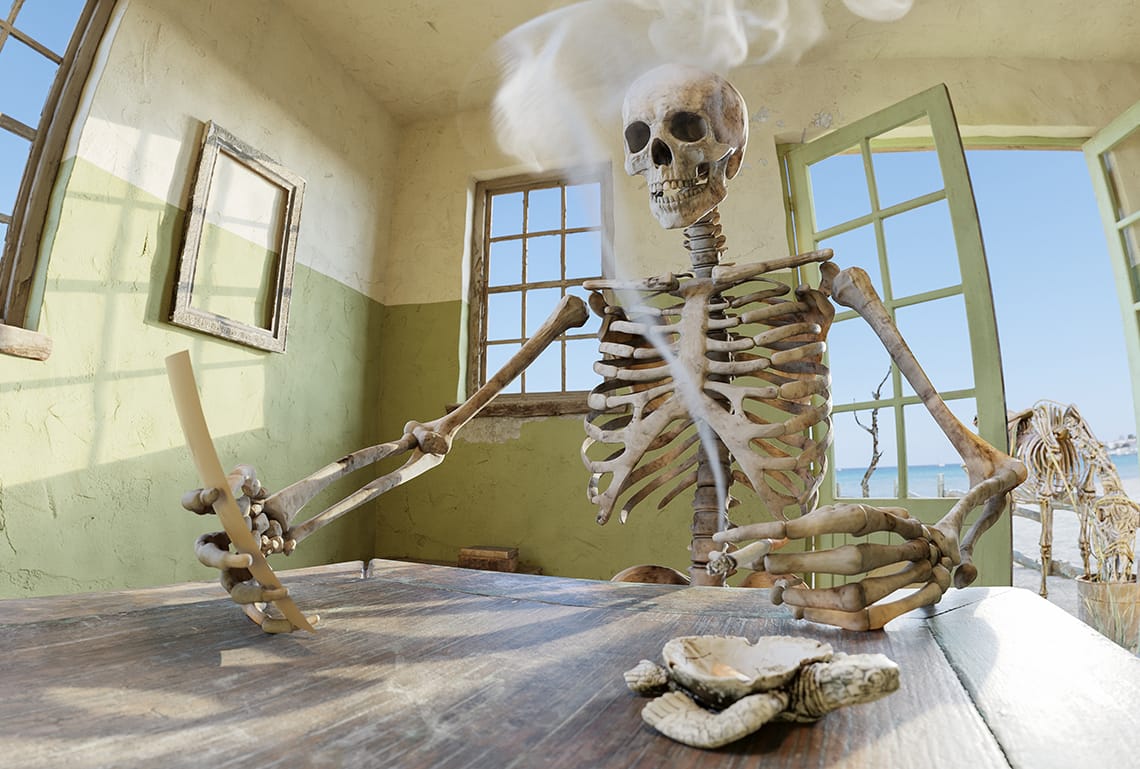
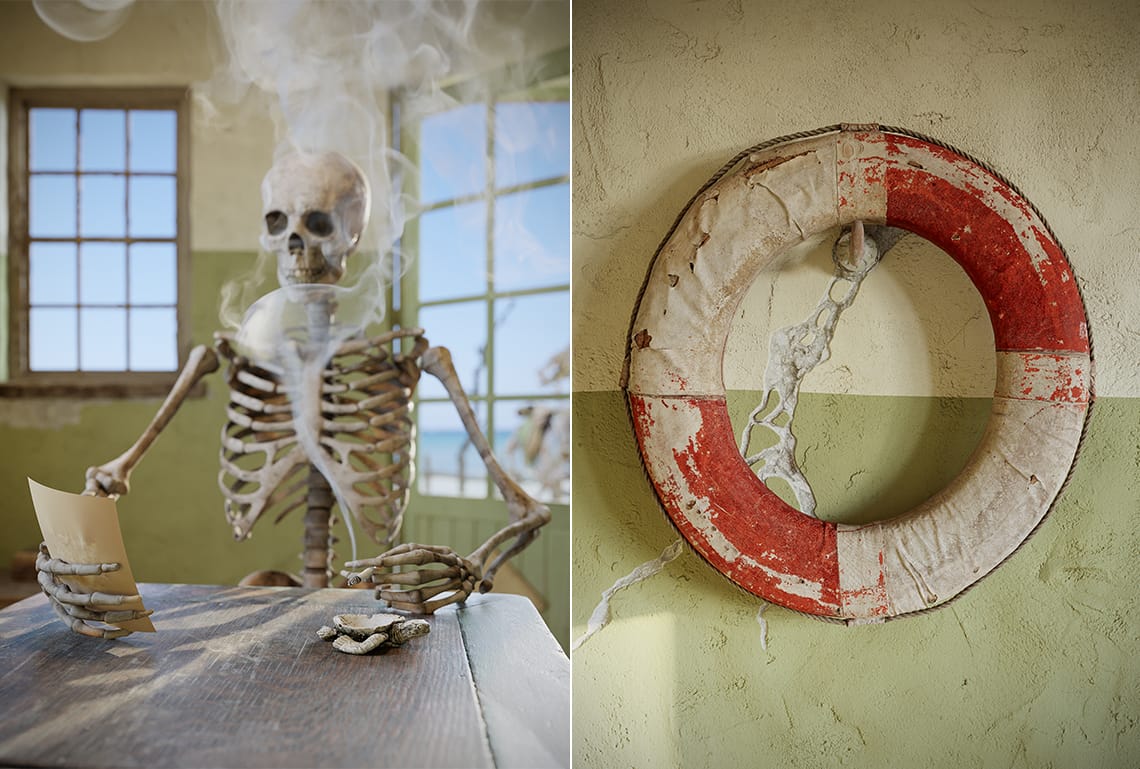


I notice the use of metaphors a lot in your work, especially in the Sofia streetcar and UnDying renders. How do you manage to weave them in so well?
Happy to hear you find those metaphors well woven in! While my commercial work is mostly on the straightforward, ‘serviceable’ side, I sometimes like to experiment with subtle, indirect messages for my personal projects. Said messages aren’t preachy or agenda-driven, but very personal.
The streetcar renders you mentioned in your question, for example, I made at the end of 2020. It was the first year of the pandemic and we had some nasty months behind us. So, I decided to make a series of images, expressing my hope for a better next year.
Looking at the final results, some see a hopeful group of people, leaving the frozen remains of a bad year and heading towards a better future, while others simply identify a green, festively lit retro tram driving through a snowy forest.
To me, both observations are fine, though.
It seems that you follow a very clear workflow outlined on your site. Do you ever stray from it or is it concrete? How important is sticking to this structure and does it help clients approach you with a better understanding of your work style?
The workflow depicted on Helldoor’s page is indeed my usual one. Following the same steps lets me concentrate on the important aspects of my work, while the rest becomes a kind of muscle memory:
modeling > camera and light study > texturing > furnishing > detailing
Using this scheme makes it easier for the clients to follow along, enabling a close and fruitful collaboration and ensuring a satisfying outcome for both sides.
On personal projects, however, I sometimes stray out of this workflow and just follow my instincts.
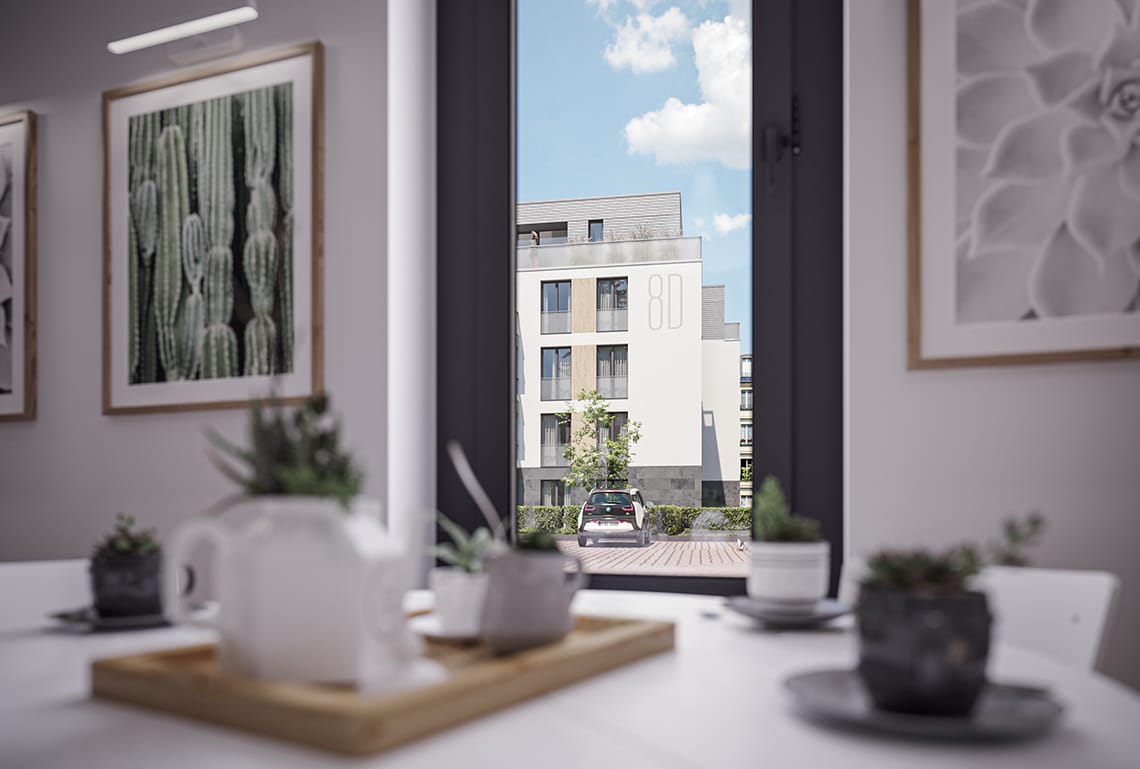
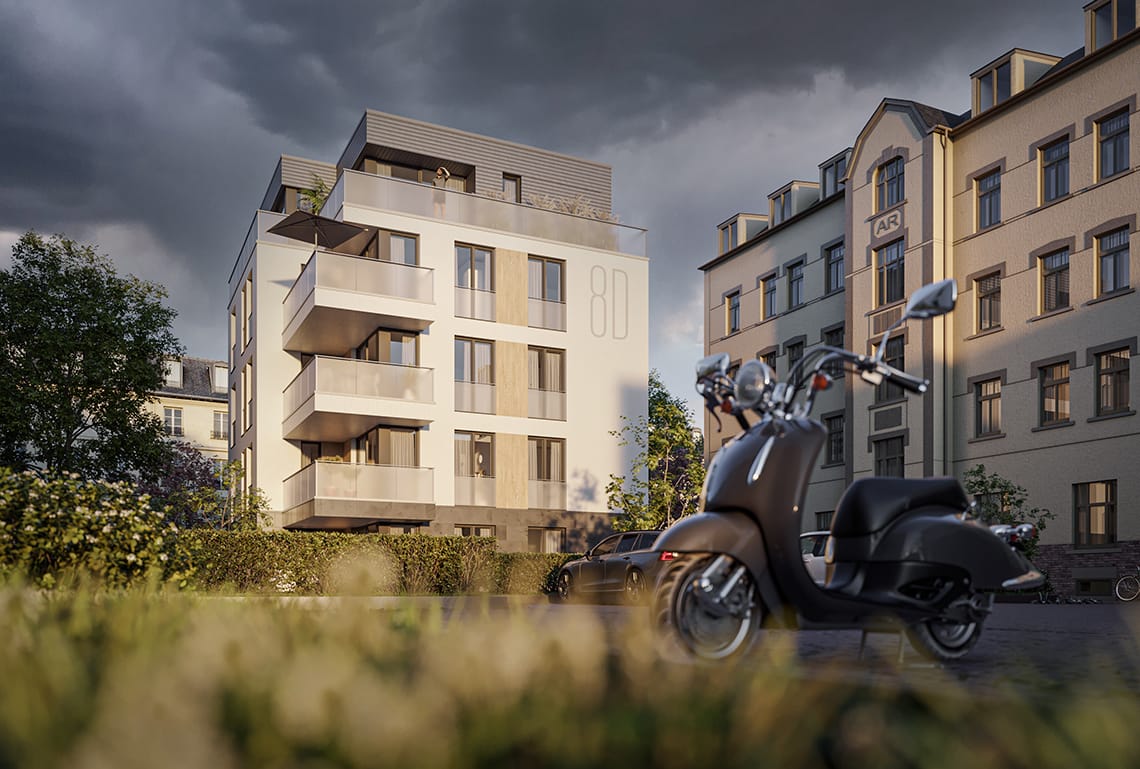
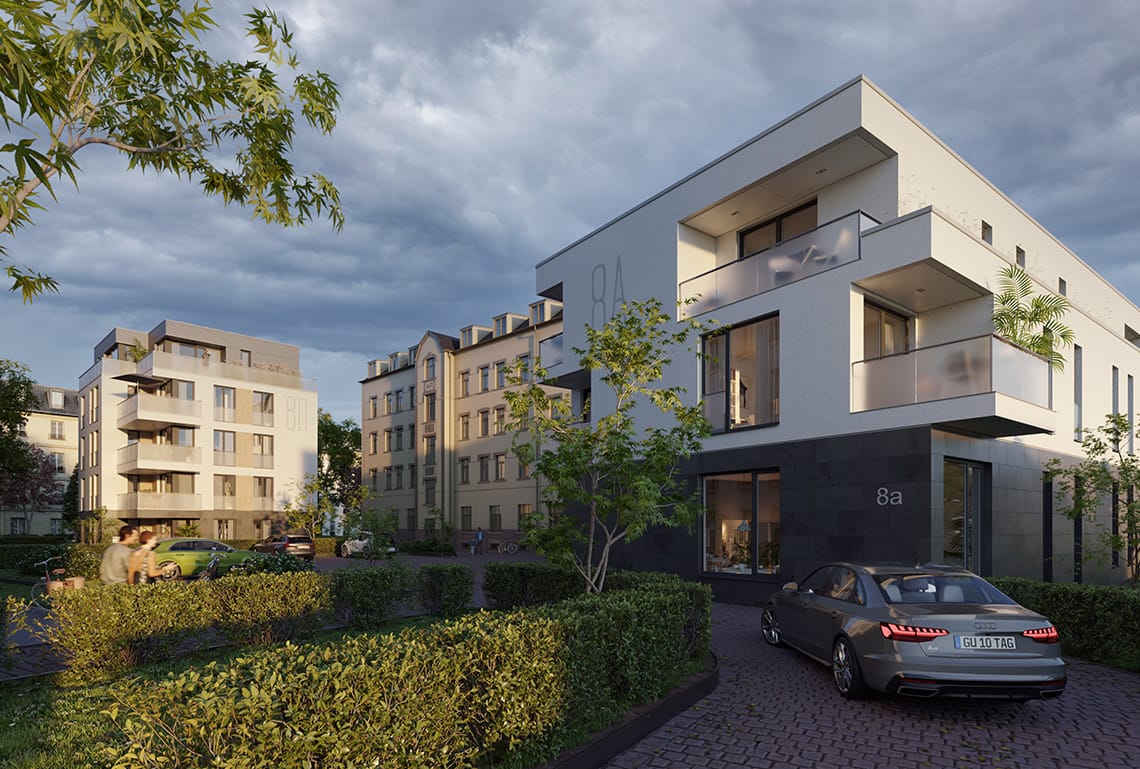
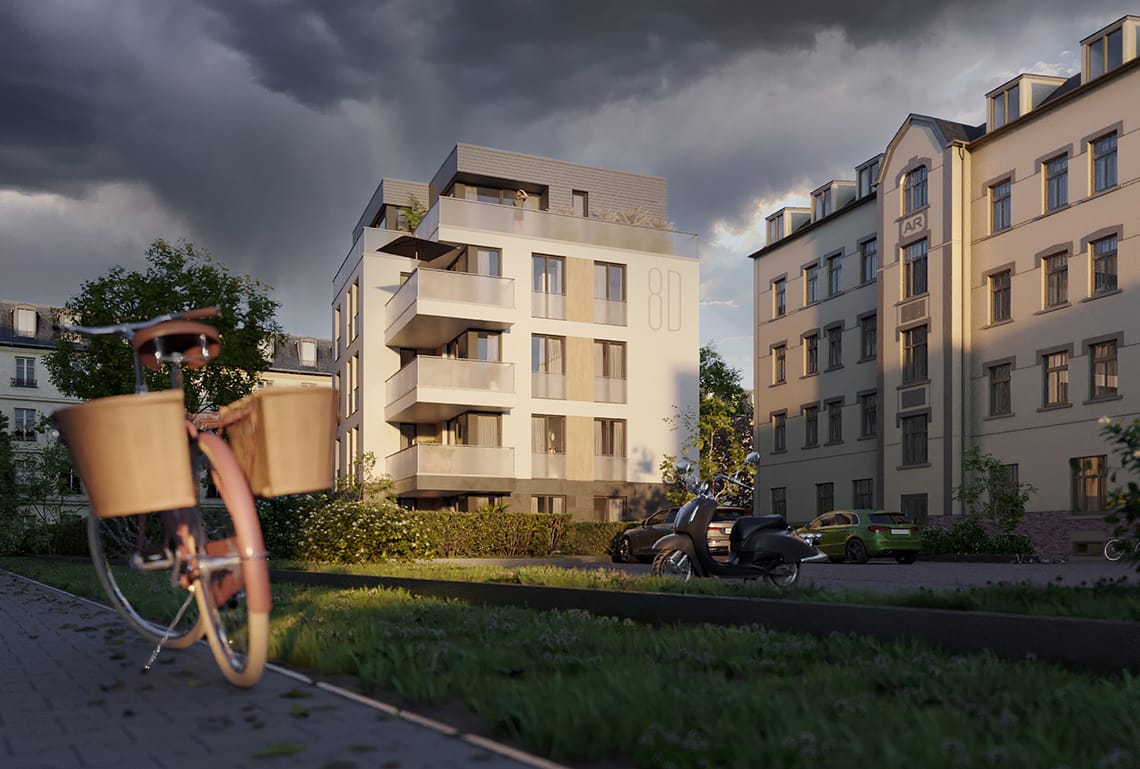


What makes architectural visualization different from other forms of visual communication? What do you enjoy most about it?
There are different types of visual communication, some certainly more significant than others in the great scheme of things. Let’s take a music video, for example – most people can fully perceive, understand and enjoy a song, without having ever seen its video.
At the same time, not many possess the power of imagination needed to mentally envision a 3D construct merely based on some technical drawings. And this is where arch viz comes to the rescue. Not only does it provide future inhabitants with visions of their homes-to-be or help architects successfully present their ideas to the public, but it has meanwhile become an inevitable part of urban development, as well. Architectural visualizations make it possible to visually verify the implementation of concepts in the context of their future surroundings before their realization, thus saving a lot of time, money, nerves, and resources.
On a personal level, I really enjoy being a part of all this by bringing ideas to life and helping others see and feel future scenarios that haven’t been materialized or even fully planned yet.
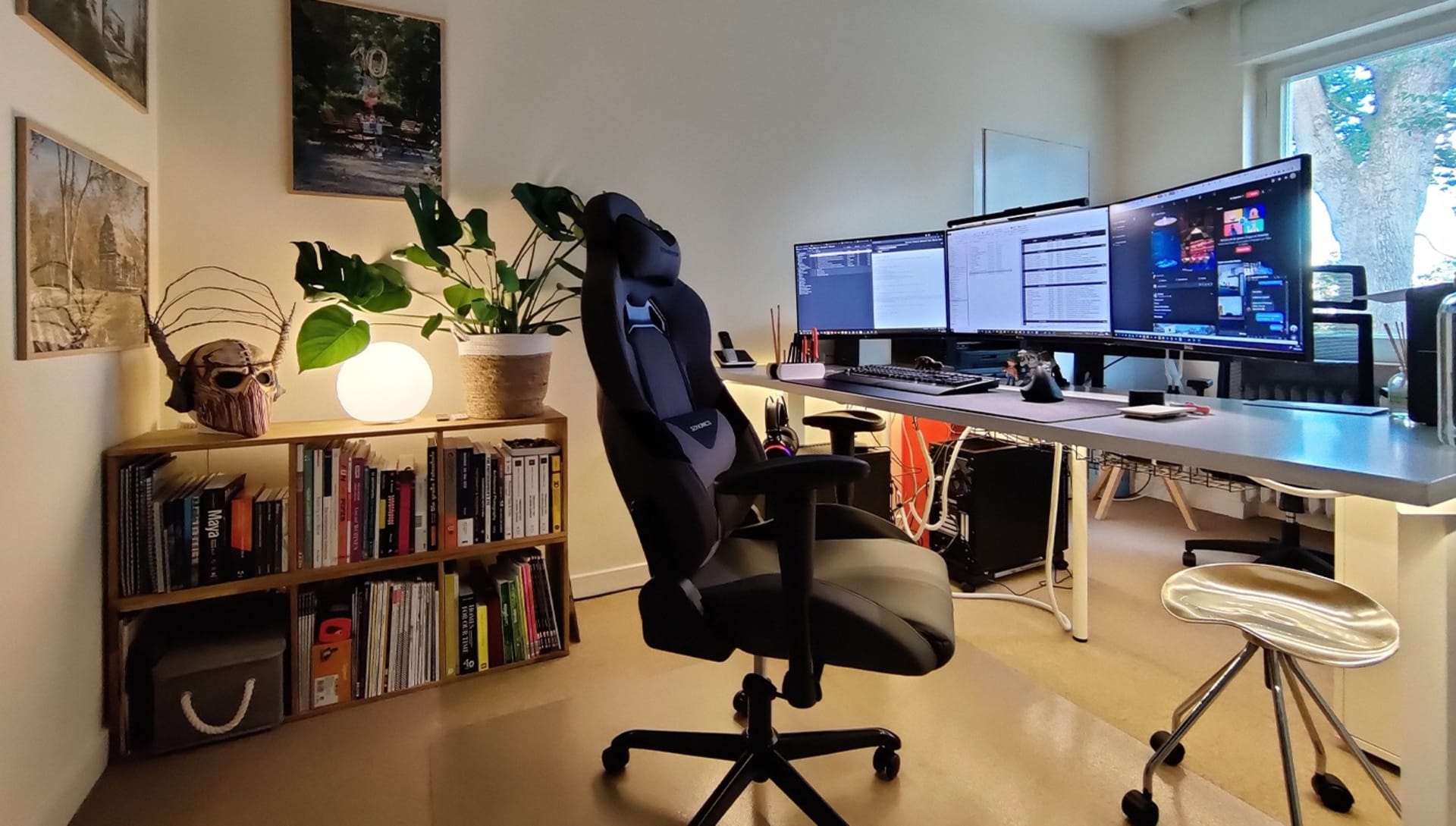
What are the benefits of a one-person studio? Are you thinking about hiring other artists to join your team down the line?
It’s difficult to talk about the advantages of a one-person studio in a general manner, as everybody has a different set of priorities. But I can tell you about my personal benefits resulting from this decision: Being a solo artist made it possible to work from home and freely partition my time, which in turn allowed me to see (and keep seeing) my kids grow up.
It also provided me with absolute freedom regarding all decisions in every aspect of my work, be it business-related, technical, or creative. Now, a decade later, I can confidently say, that I am solely responsible for every success (and failure) the studio had over the years. And this is great for self-esteem. I want to give a huge shout-out to Helen – my partner in life, without whose help and support I would never have gotten this far.
There are also downsides to being on one’s own, of course – the responsibility for every single part of the whole constantly rests on my shoulders. To somewhat compensate for it, in recent years I’ve joined a network agency, specializing in real estate marketing, becoming its head of 3D and architectural design. This gives me the chance to work with or supervise other artists, thus sharing at least some of my obligations.
As for any potential plans for expanding – this is a topic that is very much on my mind currently. My guess is that soon I’ll feel compelled to hire other artists or at least begin a collaboration with some of them. The first one on the list will be a good 3D modeler – if you know one by chance, please let me know.

